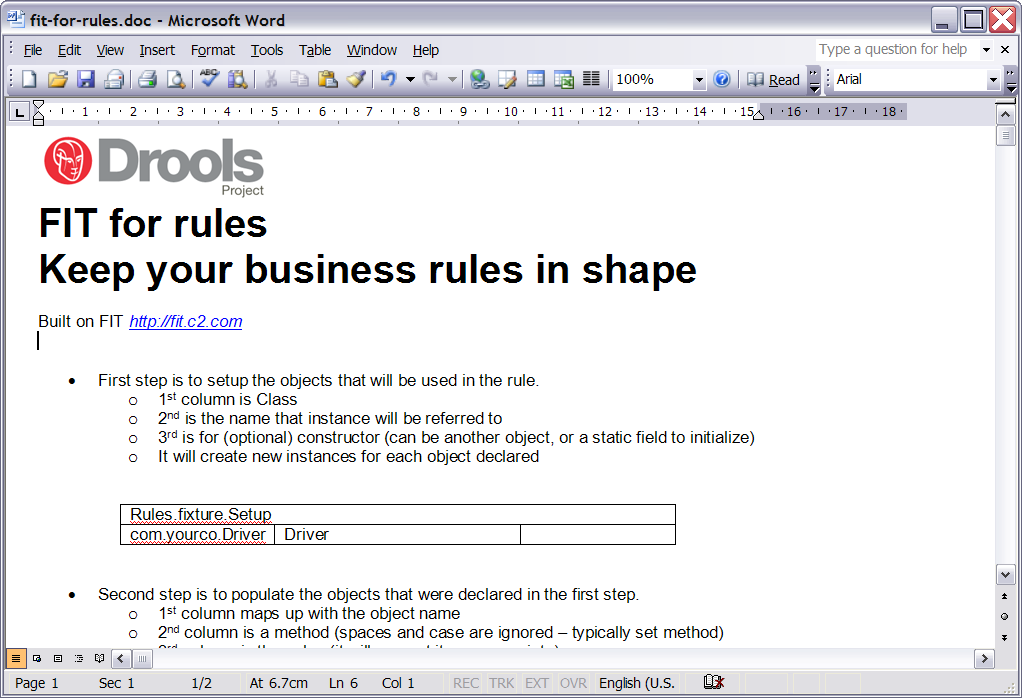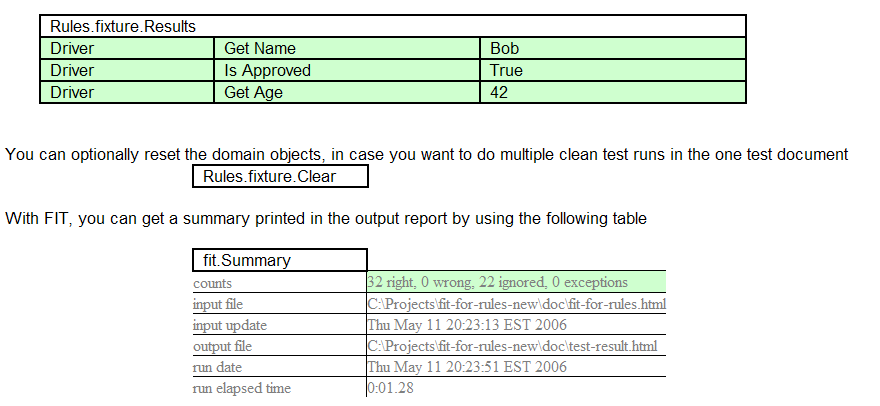In recent years, practices such as Test Driven Development have become increasingly mainstream, as the value and quality that these techniques bring to software development has been realized. In a sense, rules are code (although at a high level), and a lot of the same principles apply.
You can provide tests as a means to specify rule behavior before rules are even written. Further to this, tests are even more important in environments where rules change frequently. Tests can provide a baseline of confidence that the rule changes are consistent with what is specified in the tests. Of course, the rules may change in such a way as the tests are now wrong (or perhaps new tests need to be written to cover the new rule behavior). As in TDD practices, tests should be run often, and in a rule driven environment, this means that they should be run every time the rules change (even though the software may be static).
For developers, clearly JUnit (or TestNG) are popular tools for testing code, and these can also apply to rules. Keep in mind that rule changes may happen out of sync with code changes, so you should be prepared to keep these unit tests up to date with rules (may not be possible in all environments). Also, the best idea is to target testing some core features of the rule sets that are not as likely to change over time.
Obviously, for rule tests, other non source code driven frameworks would be preferable to test rules in some environments. The following section outlines a rule testing component add on.
As a separate add-on, there is a testing framework available that is built on FIT (Framework for Integrated Testing). This allows rule test suites (functional) to be capture in Word documents, or Excel spreadsheets (in fact any tool that can save as HTML). It utilizes a tabular layout to capture input data, and make assertions over the rules of a rulesets execution for the given facts. As the tests are stored in documents, the scenarios and requirements can be (optionally) kept in the same documents, providing a single point of truth for rule behavior.
Also, as the test documents are not code, they can be updated frequently, and kept with the rules, used to validate rule changes etc. As the input format is fairly simple to people familiar with the domain of the rules, it also facilitates "scenario testing" where different scenarios can be tried out with the rules - all external to the application that the rules are used in. These scenarios can then be kept as tests to increase confidence that a rule change is consistent with the users understanding.
This testing framework is built on FIT and JSR-94, and is kept as a separate project to JBoss Rules. Due to it being built on FIT, it requires a different license (but is still open source). You can download and read more about this tool from this web page: Fit for rules http://fit-for-rules.sourceforge.net/
The following screen captures show the fit for rules framework in action.

Using Fit for rules, you capture test data, pass it to the rule engine and then verify the results (with documentation woven in with the test). It is expected that in future, the Drools Server tools will provide a similar integrated framework for testing (green means good ! red means a failure - with the expected values placed in the cell). Refer to http://fit.c2.com for more information on the FIT framework itself.

More information and downloads from Here